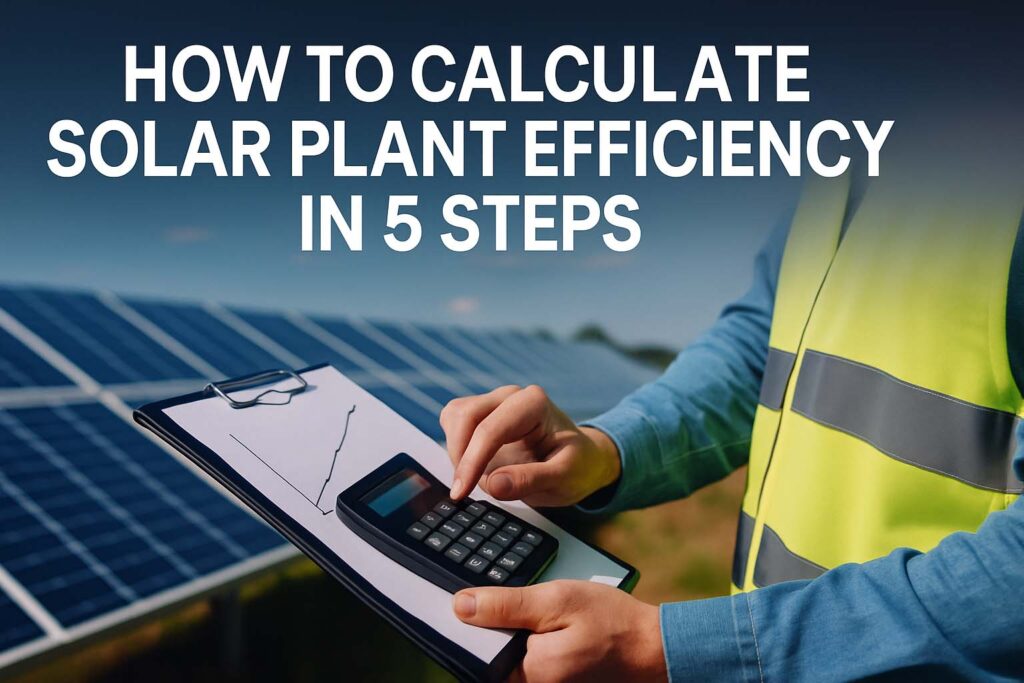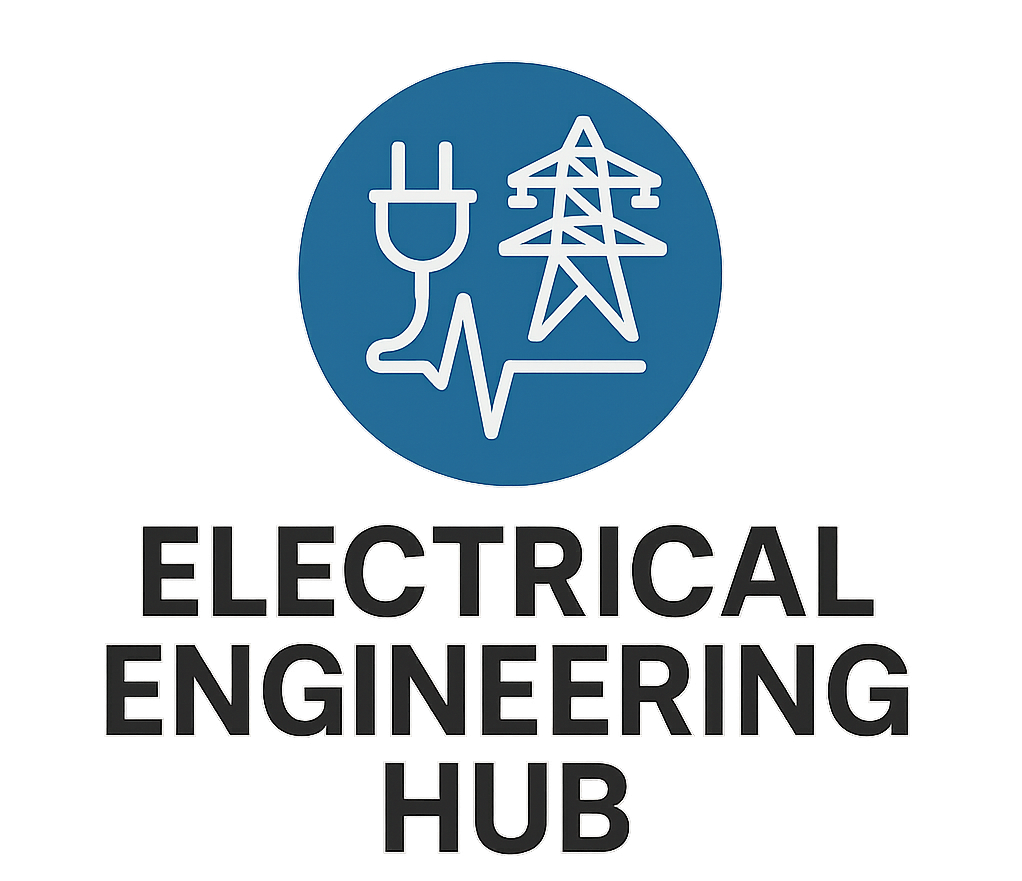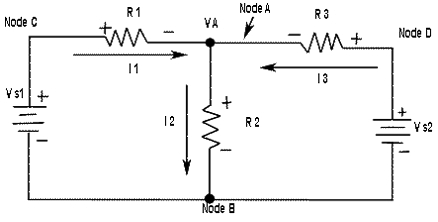How to Calculate Solar Plant Efficiency in 5 Steps
Solar energy is one of the most promising renewable energy sources today. But simply installing solar panels isn’t enough. To get the most from your system, you must understand how efficient it really is. In this guide, we’ll walk you through how to Calculate Solar Plant Efficiency in 5 Steps with clarity and precision.

Whether you’re a homeowner, solar installer, or a student of renewable energy, this article gives you actionable insights backed by data.
What Does Solar Plant Efficiency Mean?
Solar plant efficiency refers to the percentage of sunlight converted into usable electricity. It gives you a clear picture of how well your solar power system is performing. Higher efficiency means more power output for the same sunlight.
Before you dive into calculations, it’s essential to understand that solar panel efficiency and solar plant efficiency are different. Panel efficiency is based on the conversion rate of each module. Plant efficiency, however, takes the entire system into account—panels, inverters, cables, dust losses, and even shadow effects.
To calculate solar plant efficiency, you need to measure both the input and the output of the system over a given period.
Know more about Solar System Sizing Calculator for Agriculture & Tubewells
Step 1: Measure the Solar Irradiance
The first step in calculating solar plant efficiency is determining how much solar energy is actually available to your panels. This is called solar irradiance. It’s measured in kilowatt-hours per square meter (kWh/m²).
You can get this data from:
- A pyranometer installed on-site
- Meteorological stations nearby
- Satellite data from weather services
Let’s assume your solar irradiance for one day is 5.5 kWh/m² and your total panel area is 200 m².
Total Solar Input = 5.5 kWh/m² × 200 m² = 1100 kWh/day
This figure is the theoretical energy available to your solar panels.
Step 2: Determine the Actual Energy Output
Next, you’ll need to find out how much energy your solar plant actually delivered to the grid or to your load during that same day.
This data usually comes from your inverter monitoring system or energy meter.
Assume your plant produced 880 kWh of usable electricity in a day.
Now you have both the input (1100 kWh) and output (880 kWh) needed to calculate the system’s efficiency.
Know more about Comparison of Grid-Tied vs Off-Grid Solar Energy Systems
Step 3: Use the Efficiency Formula
Now comes the actual step to calculate solar plant efficiency. Use this formula:
Solar Plant Efficiency (%) = (Actual Energy Output / Total Solar Input) × 100
Let’s apply the numbers:
Efficiency = (880 kWh / 1100 kWh) × 100 = 80%
This means your plant converts 80% of the available solar energy into usable electricity. That’s a high efficiency for a real-world system, considering losses in wiring, inverters, dust, and other factors.
Step 4: Adjust for System Losses
No system is perfect. To calculate solar plant efficiency more accurately, you must consider common loss factors. These include:
- Inverter loss: 2–5%
- Dust or soiling: 2–10%
- Wiring and resistance losses: 1–3%
- Temperature derating: 2–5%
- Mismatch or shading: 1–5%
Here’s a sample table summarizing these losses:
| Loss Type | Typical Loss (%) |
|---|---|
| Inverter Efficiency | 95–98% |
| Soiling & Dust | 90–98% |
| Cable Losses | 97–99% |
| Temperature Derating | 95–98% |
| Module Mismatch | 95–99% |
To correct for these losses, multiply all efficiency factors together:
Net Efficiency = 0.98 × 0.95 × 0.98 × 0.96 × 0.97 ≈ 0.84 or 84%
This aligns closely with our earlier calculated efficiency, confirming the accuracy.
Know more about How Residential Solar Energy Systems Reduce Electricity Bills
Step 5: Monitor Performance Ratio (PR)
Another way to evaluate and calculate solar plant efficiency is through the Performance Ratio (PR). It reflects the ratio between actual and expected performance under ideal conditions.
PR = Actual Energy Output / (Installed Capacity × Reference Solar Irradiance)
If your system has an installed capacity of 200 kW, and irradiance was 5.5 kWh/m²/day, then:
Expected Energy = 200 kW × 5.5 h = 1100 kWh/day
PR = 880 / 1100 = 0.80 or 80%
This method also confirms the efficiency value.
Why Calculating Solar Plant Efficiency Matters
Understanding how to calculate solar plant efficiency helps in:
- Evaluating the ROI of your system
- Identifying losses and areas of improvement
- Comparing actual performance to expected output
- Improving system design for future projects
It’s also essential for large solar farms where small inefficiencies can lead to major financial losses.
Know more about Best Solar Panel Cleaning Services in USA
Tips to Improve Solar Plant Efficiency
Here are a few practical tips that can help you boost the efficiency of your solar plant:
- Clean your panels regularly – Dust and bird droppings can reduce efficiency by up to 10%.
- Install quality inverters – A good inverter can cut down conversion losses.
- Optimize tilt and orientation – Proper panel placement can improve irradiation capture.
- Use high-efficiency panels – Monocrystalline panels generally offer better output.
- Minimize shading – Even partial shading can drastically drop performance.
- Use MPPT-based charge controllers – They adjust to maximize the energy harvest.
Common Mistakes in Solar Efficiency Calculation
While learning how to calculate solar plant efficiency, many users make the following mistakes:
- Ignoring temperature effects on panel output
- Not accounting for inverter and cabling losses
- Using peak rated capacity instead of actual output
- Overestimating solar input based on average rather than actual irradiance
- Not tracking seasonal variations
Avoiding these mistakes helps you achieve accurate efficiency values.
Know more about Loan for Solar Panel SBI
Final Thoughts
Knowing how to calculate solar plant efficiency in 5 steps empowers you to make data-driven decisions. Whether you’re a solar plant owner or a project engineer, this understanding can help you save energy, money, and time.
By measuring solar irradiance, tracking output, using the right formula, adjusting for losses, and analyzing the performance ratio, you can get a clear and accurate picture of how well your solar system is performing.
Efficiency is not just a number—it’s a window into how sustainable and productive your investment in solar truly is.
Follow Us on Social:
Subscribe our Newsletter on Electrical Insights for latest updates from Electrical Engineering Hub
#SolarEfficiency, #SolarPlant, #SolarEnergy, #RenewableEnergy, #GreenEnergy, #SolarPower, #EnergyEfficiency, #SustainableEnergy, #SolarCalculation, #CleanEnergy, #SolarEngineering, #SolarTips, #PhotovoltaicSystem, #SolarPerformance, #EnergyOptimization





